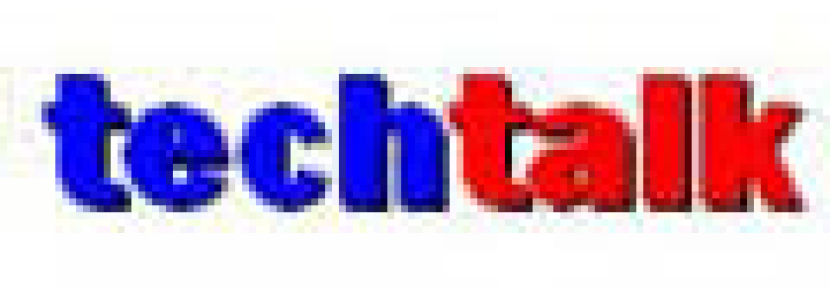
Would you like an almost free means of digital lead exchange for your meetings? Or inexpensive electronic ticketing using mobile phones? Or a means of providing paragraphs of information and/or web links to your attendees without the use of paper?
If so, then QR codes may soon be the answer for you.
QR codes defined:
QR (Quick Response) codes are 2-D barcodes designed to be displayed and read by mobile phones. A standard QR code contains up to 250 characters of information, but some can hold much more than that.
Original application:
Already in use in Europe and Japan, QR codes were originally developed for print advertising. Instead of listing a lengthy web address for specific product information in the ad, all the reader has to do is take a “picture” of the postage stamp-size QR code in using a phone camera. The phone, using free software, converts the code into a product-specific web page which automatically opens. QR codes were meant as a shortcut to entering long web address via the phone keyboard.
Creating QR codes:
QR codes are free to create and can be cheaply printed out on paper just like regular barcodes. Try it! Generate your own free QR code at http://qrcode.kaywa.com – simply enter in your text or web address, and the site will instantly create the QR code to copy.
For example, the QR code below contains all of my contact information including name, address, phone, email and web address.
Corbin’s QR code
The picture below shows this code being converted back into my contact information using the new “Google” phone.
The code being converted back into my contact information using the new Google phone
Applications for the meetings industry:
The possibilities for the meetings industry are many:
- QR codes could replace standard lead retrieval. Instead of costly scanning mechanisms rented by exhibitors (and only for use by exhibitors), QR codes could be printed on badges (I recommend on the back for privacy protection). When someone wants to exchange contact information, the giver would turn around his/her badge while the recipient uses his/her phone to take a picture of the code. Free software then converts this code into text which can be saved to the phone for uploading into your contact management system when back in the office.
Unlike standard exhibitor scanning systems, QR codes would democratize lead information – anyone could share contact information digitally anywhere at the conference – all at very little additional cost. - Electronic ticketing could be accomplished by QR codes. In fact, the TSA has approved QR codes for electronic airline ticketing. If you need to take tickets at an event, or to track who goes where, this may be an option. Attendees when registering would get a QR code to download for display on their phone. When access is desired, or when an attendee would like to use a self-service badge printing station, instead of having to remember a paper ticket, he or she would simply use the phone to display the code to a scanner as the ticket.
- Speakers could use QR codes for mobile phone web-based audience polling. To get the audience members to the web poll, the speaker projects the QR code on the screen. Attendees will use their phone to take a picture of the code, which automatically takes them to the poll website (rather than have to enter the web address manually).
- QR codes can also be helpful for providing paragraphs of information electronically to attendees:
- Exhibitors could display QR codes on their products in the hall. If the attendee wanted more information, he/she could capture the code (for example – a product-specific website address) to save to review later.
- Speaker bios, or brief course notes, or the program agenda, or a list of web links could be captured digitally by phone in the meeting room instead of printing them out on paper.
Early adopters are already starting to use QR codes for events. The eLearning Guild (www.elearningguild.net) used them for the DevLearn08 conference this November. BarTender software from Seagull Scientific (www.seagullscientific.com) was used to print out the badge codes in quantity with more than 1,100 codes printed.
The codes were used to exchange contact exchange and to post session information.
Luis Malbas, Director of Operations for the eLearningGuild, was positive about the results: “While only about 20-30% of the conference attendees used the code (as not everyone had a newer phone with these capabilities), it created a lot of buzz. People were twittering about the capabilities. People had a lot of fun with them.”
Registration companies are beginning to use these codes as well. Netherlands-based Eventure Congress Registration has just issued a press release announcing the use of QR codes with thier product.
Although we are very early in the adoption curve of using QR codes as not everyone is carrying around phones that well work with them, this innovation holds significant promise to run meetings more efficiently and to provide better attendee service at very little additional cost.




